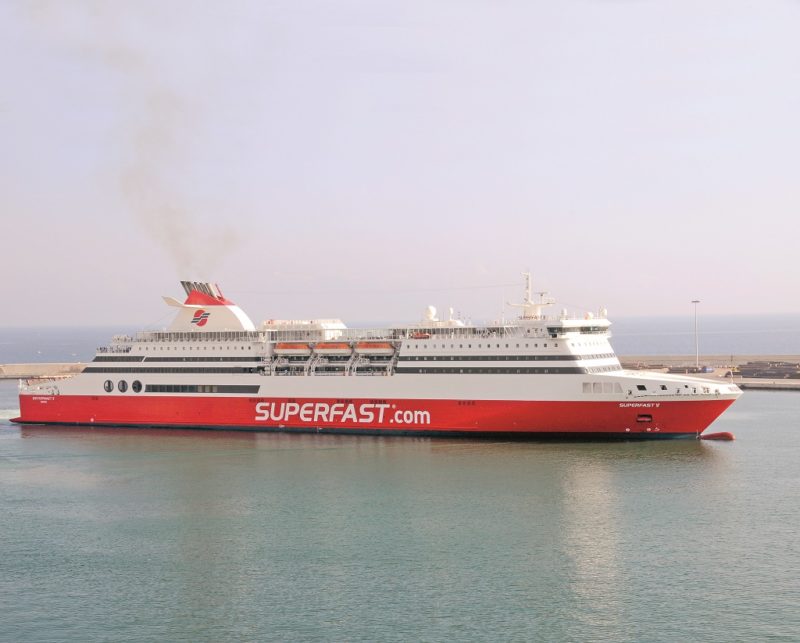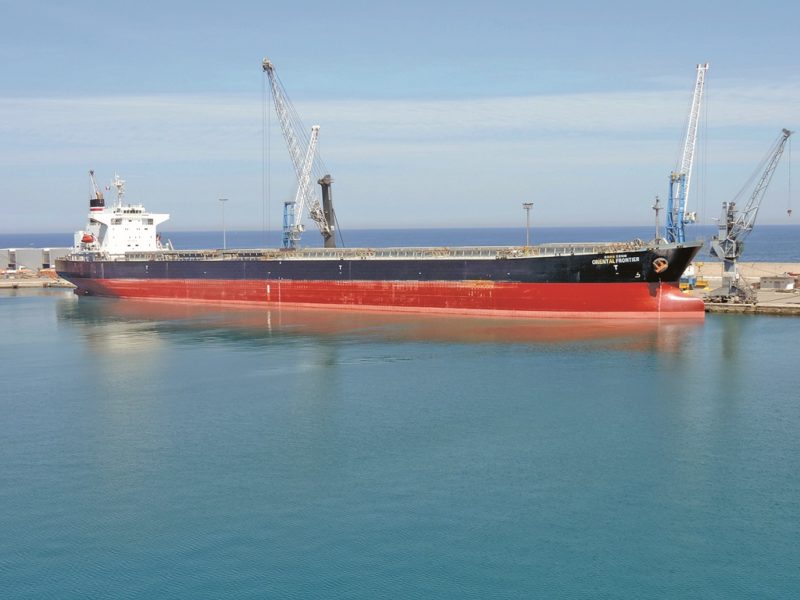
Bari is a vibrant port and university town, with up to 250 cruise ships and 600,000 cruise passengers, and almost two million ferry passengers sailing to Greece, Montenegro, Albania and Croatia every year. Bari is the main city of Apulia and combines the scents and flavours of a typical seaside city with the stronger agricultural aromas of its hinterland. The city is one of the principal destinations of Orthodox Christians as the relics of Saint Nicolas are enshrined here in the Basilica of Saint Nicolas. The city is divided into three areas, with the Old Town as the original medieval settlement where all of the day to day social and business activities take place, the New Town with more elegant shops, cinemas, theatres and entertainment, and the Port and Industrial area. The Port is divided into two areas, with the commercial and passenger traffic in the north, and tourist, small fishing boats, and marinas to the south and west.
Apulia is famous for olive oil, artichokes, tomatoes, aubergines, asparagus, mushrooms, and carosello, a type of musk melon, as well as many types of cheese. Lecce to the south of Brindisi is known as the ‘Florence of the South’ for its baroque architecture and whitewashed houses, and Alberobello in the Itria valley has distinctive stone huts with conical roofs known as ‘trulli’. The landscape elsewhere is harsh, dry with poor soils and rocks, leading to the area being known for its poverty along with the whole of Southern Italy. However, in recent times the GDP per capita of the population averages E19,000 per year.
The main and important ports of Bari and Brindisi, together with three other minor ports, form the Porti dell’Adriatico Meridionale or the Port of the Southern Adriatic of Italy. Bari and Brindisi have always been considered as the southern Italian gateway to Greece, Croatia and the Eastern Mediterranean. The combined ferry passenger and cruise passenger traffic of the two ports is considerable at over two million passengers per annum. The freight throughput in 2019 of the combined ports was 16.55 million tonnes of which Bari freight traffic was 5.7 million tonnes, Brindisi freight traffic was 10.7 million tonnes, with the minor ports of Manfredonia and Barletta, to the north of Bari, and Monopoli, to the south of Bari, contributed the remainder.


HISTORY OF BARI AND BRINDISI
Bari is the capital of the Apulia (Puglia in Italian) region of Italy and is the second most important economic centre of Southern Italy after Naples. The city dates back to the time of Greek influence around 1500 BC, with the Romans then in control from 300 BC and they had an important seaport here around 200 BC. Various invaders then occupied the town, and the Port of Bari was destroyed in 1246. Holy Roman Emperor II restored the city but it was destroyed again several times over the next decades as the various Mediterranean powers struggled for dominance. The long decline of the port ended when Joachim Murat, the brother in law of Napoleon Bonaparte became King of Naples in 1808, and he ordered the construction of a new town, which is still known today as the Murat quarter and the modern heart of the city. The Murat quarter is laid out on a rectangular grid plan with a promenaded seafront facing the sea and two major shopping areas. The city has a population of 327,000 (2017) in an urban and rural area of 45 square miles with a metropolitan area population of 1.6 million.
The old town with very narrow streets, known as Barivecchia or Old Bari, was built with the Basilica of Saint Nicolas in Romanesque style with a simple Romanesque façade with three portals and a beautiful rose window decorated with fantasy figures. The Cathedral of San Sabino (1035-1171) and the Norman Hohenstaufen Castle are impressive, the latter is today known as the Swabian Castle with tall very thick walls and was built by Roger II of Sicily, but was destroyed in 1156 by the people of Bari in protest against the tyranny of the Normans, and then rebuilt by Frederick II. It now serves as an art gallery with many exhibitions throughout the year. The main art gallery in the city is the Provincial Picture Gallery of Bari (Pinacoteca Provinciale di Bari) and was established in 1928 with contemporary paintings from the 15th century up to the present time. The Petruzzelli Theatre hosts all types of entertainment, after reopening in October 2009 after years of refurbishment after a major fire. The legacy of the dictator Benito Mussolini can be seen in the imposing architecture along the seafront. Modern residential areas surrounding the city were built during the 1960s and 1970s, replacing the old suburbs. The city has a redeveloped airport, Karol Wojtyla Airport, with connections to several major European cities.
Subscribe today to read the full article!
Simply click below to subscribe and not only read the full article instantly, but gain unparalleled access to the specialist magazine for shipping enthusiasts.





Comments
Sorry, comments are closed for this item